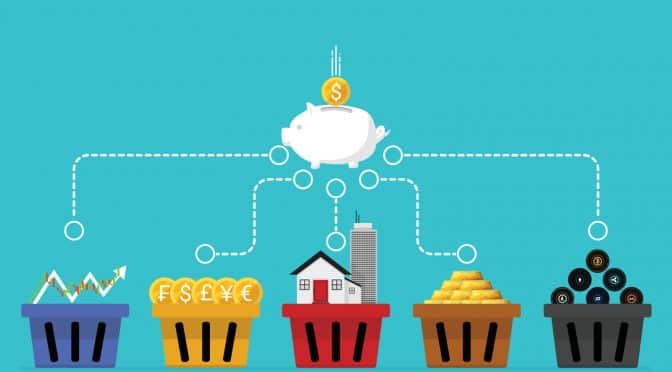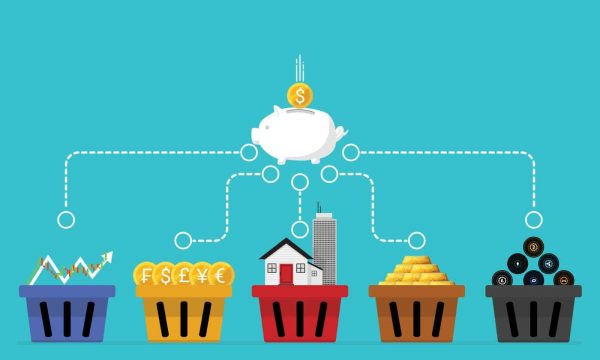Let's Get Started
You'll get the most value from financial planning if your specific goals and needs match a firm's philosophy and services. Let's learn more about each other.
Ready to Get Started?


I Bonds offer inflation-linked interest backed by the U.S. government, making them a safe short-term investment.
Purchases are limited to $10,000 per person annually and bonds must be held for at least one year.
They work well as a cash supplement but shouldn’t replace long-term retirement investments.
I bonds have recently been a healthy alternative as a part of the diversification of your retirement portfolio. As the stock market has been very volatile, investors are starting to seek alternative investments to perform as a positive hedge against their investment performance.
With stocks down, bonds underperforming, interest rates rising, and crypto cooling, a safe and stable investment like series i bonds have become inherently more attractive.
Just how popular have I bonds been recently? Here’s a quote from a recent article in The Wall Street Journal:
“Sales of the bonds through TreasuryDirect, which are limited to $10,000 a person each year, have netted $14.9 billion since November, about $6 billion more than the previous 20 years combined.”
The simplest question we ask about what makes these bonds so attractive is, WHY?!

Interest rates are rising, and inflation has reached record numbers. I bond interest rates are tied directly to inflation which comes from the Consumer Price Index (CPI) ); which measures the overall increase or decrease of the price of goods.
So, what does all of this mean for you? During a “standard” inflationary time, you could expect to earn what every other account (listed above) is earning, at the very least. As inflation rises, you could expect a generous adjustment based on the calculation of the CPI. This allows you to take advantage of more collecting interest without having to deal with the risk of the stock market.
Therefore, as a short-term investment option, few accounts could deliver the upside and safety that I bonds offer. It helps to know that they are backed by the full faith and credit of the US government and have no real risk outside of liquidity.
I bonds are comparable to a money market account, CD, or bank savings account that you could open at practically any financial institution. However, they do have a few stipulations that are important to be aware of such as:
On the other hand, we would caution against using these bonds as long-term investments. Realize that these savings bonds give you a return that is guaranteed only to match inflation. And while that may sound good for specific short-term scenarios, you are also not guaranteed a positive real (or after inflation) return throughout holding the bond.
These results differ drastically from the long-term returns of a diversified stock and bond portfolio. A 60/40 split of stocks and bonds have returned an average of 5% above inflation per year over the last 50 years. Not only has your savings preserved its purchasing power, but they grew well more than inflation as well.
We believe I bonds are a great supplement to your emergency fund, money market, CD, and traditional savings account. However, be careful not to use them as a total replacement to your core retirement savings.
Series I savings bonds can only be purchased at the US Treasury’s website – Treasury Direct (Treasurydirect.gov). You will have to create a login on that site. If you are married – a separate account is required for each member of the household. There are no “joint” accounts on Treasury Direct.
You can invest up to $10,000 per year in I Bonds per person. You can also receive an extra $5,000 per year by receiving your tax refund in I bonds instead of a check or bank deposit.
Not exactly. I bonds will earn interest for up to 30 years. After 30 years they will no long earn interest, but you must still sell them to get the proceeds.
By default, I Bonds are not taxed until you sell or redeem the bond. At the time of redemption, you will pay Federal income tax on the total amount of interest you have earned on the bond. In other words, the taxes from the interest on I bonds is deferred until you sell the bond.
The interest rate from I Bonds are not subject to state or local taxes.
You do have the option to elect to pay taxes on the interest earned on I Bonds each year. This may be a wise decision if you know you will be at a much higher tax rate in the future, or if you are at a very low tax rate today.
The interest rate for I Bonds changes every 6 months. For the current rate, always check Treasury Direct’s I Bond page.

Matt worked for the Department of Defense as a material scientist before changing careers to follow his interests in personal finance and investing. Matt has been quoted in The Wall Street Journal, CNBC, Kiplinger, and other nationally recognized finance publications as a flat fee advisor for Arnold and Mote Wealth Management, a flat fee, fiduciary financial planning firm serving individuals and families in Cedar Rapids and surrounding areas. He lives in North Liberty, where you will likely find him, his wife Jessica, and two kids walking their dog on a nice day. In his free time Matt is an avid reader, and is probably planning his next family vacation.